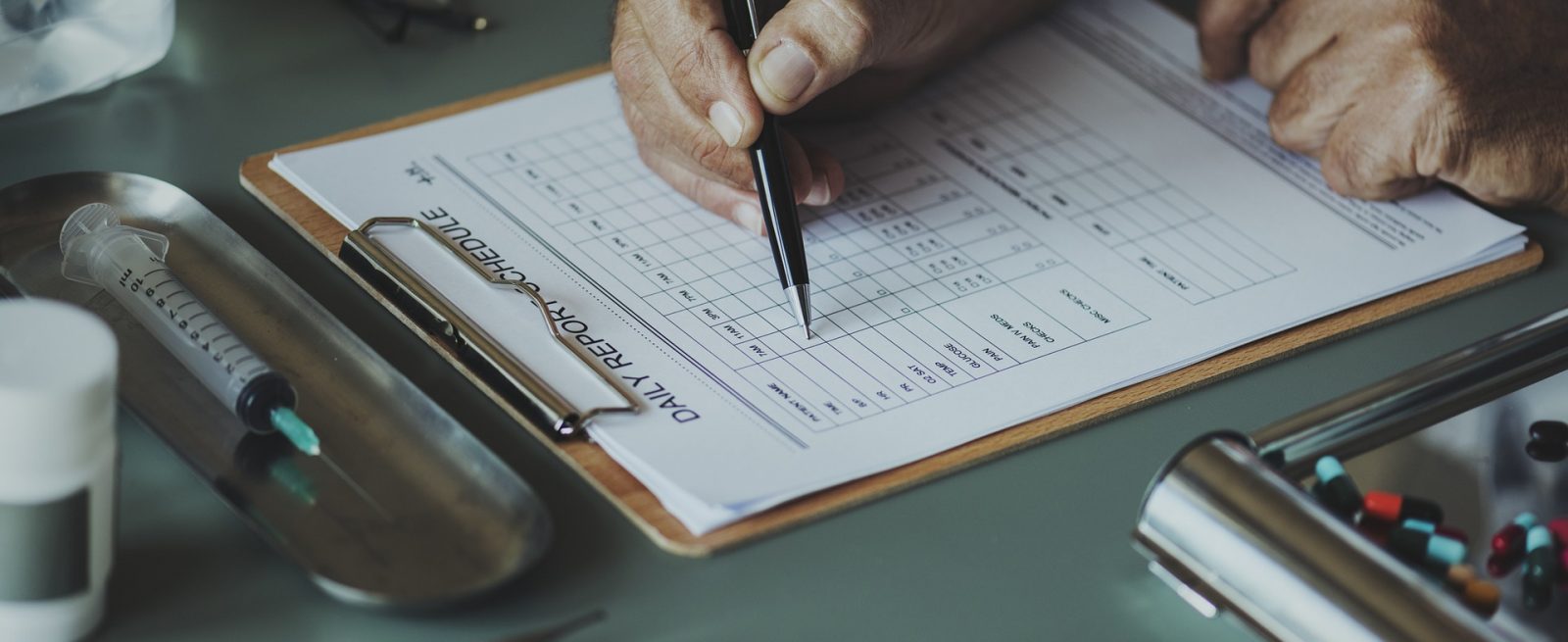FSMA Compliance Checklist
3 Min Read By Casey Heigl
Most companies complain that it feels like walking in a fog to try to sort out FSMA rules, subsequent amendments, exceptions and Federal Registernotices. Additionally, there is always some question about which category is right for each business.
Once that is determined, then, the maze of compliance dates has to be sorted through. Also, from time-to-time, FSMA gets behind in publishing a Model of Accreditation Standards or some other publication that is required to comply with a deadline date.
- A Very Small Business has a total annual sale of human food of less than $1 million. Due to the small size, this category usually has three years to comply entirely with new legislation.
- A Small Business, as defined by FSMA, employs fewer than 500 persons. This category typically has two years after the final rule to comply.
- Finally, Other Businesses, anyone who does not fit into the other two categories, usually has to comply within one year.
There is a significant time lapse from when some requested change is identified, the FSMA follows all the channels to gain approval to draw up a final rule and the effective date is published. After that, then, each of the three categories meets compliance dates.
The current FSMA focus is to shift from reacting to foodborne diseases after they are targeted and, instead, prevent them before they become a crisis. The FSMA has come to realize the negative economic impact of foodborne diseases and the priceless value of the prevention of food contamination–for both human and animal food–and the resulting foodborne diseases.
FSMA’s current overall outlook is that the food supply has to be a shared responsibility. They feel that FSMA alone cannot be responsible for the entire food supply chain. Instead, FSMA and the FDA want joint efforts to identify and cease food contamination. Logically, they both see that success is often the result of commercial businesses using quality products such as food grade anti-seize compound to inhibit contamination. Another approach has rules to make sure that prevention is an on-going mutual goal at all levels of the food supply chain from farm to table.
To properly prepare for compliance, a business needs to understand what the FSMA rules require.
There are ten areas where the FSMA requires the absolute attention to detail of those businesses that must comply with FSMA rules:
1. Preventive Controls for Human Food
2. Preventive Controls for Animal Food
3. Produce Safety Rule
4. Foreign Supplier Verification Program (FSVP)
5. Third Party Certification
6. Sanitary Transportation of Human and Animal Food
7. Focused Mitigation Strategies to Protect Food Against Intentional Adulteration
8. Fees
9. FSMA Implementation Funding
10. Enforcement
Regarding fees, domestic travel fees for inspectors are $217 an hour; foreign travel is $305 an hour. This service is for re-inspections, failures to comply with a recall order and importer inspections.
The fees structure helps fund the battle against contamination outbreaks. For example, a bacterium named Listeria, identified in 1940, has been on the rise since 2014 with new strains having been identified and harm intensified. This bacterium has a case-fatality rate of about 20% and the most vulnerable are the most likely to be affected. President Obama set aside $109.5 million to assist in this battle to overcome the Listeria problem but the amount needed was $580 million. This one example makes it clear why an earlier statement was made.
Checklist of 2018 Deadlines
Preventive Controls for Human Food
Final rule published September 17, 2015.
Effective date: November 16, 2015.
The compliance date of September 17, 2018, is in place for Very Small Businesses.
Supply-Chain Program
If the receiving facility is not a Small Business or Very Small Business and its supplier will be subject to the Human Preventive Controls rule or the Product Safety Rule, then compliance is six months after the receiving facility’s supplier of raw material or another ingredient required to comply with this rule is in place.
Preventive Controls for Animal Food
Final rule published September 17, 2015.
Effective date: November 16, 2015.
Subpart C and §507.7, the compliance date of September 17, 2018, is in place for Small Businesses.
Subpart B and related requirements of the compliance date of September 17, 2018, is in place for Very Small Businesses.
Supply-Chain Program
The compliance date of September 17, 2018 (or six months after the receiving facility’s supplier of raw material or other ingredient required to comply with this rule is in place) if the receiving facility is a Small Business and its supplier is subject to the Preventive Control for Animal Food final rule.
Produce Safety
Final rule published November 27, 2015.
Effective date: January 26, 2016.
The compliance date of January 26, 2018, is in place for All Other Farms Not Small or Very Small.
Sprouts
Effective date: January 26, 2016.
The compliance date of January 26, 2018, is in place for Small Businesses.
Third Party Accreditation and Certification
Final rule published November 27, 2015.
Effective date: January 26, 2016.
The compliance date is effective immediately but cannot be implemented until the FDA publishes the Model of Accreditation Standards, which has not yet been released.
Food Defense
Final rule published May 27, 2016.
Effective date: July 26, 2016.
The compliance date of July 26, 2019, is in place for Businesses Not Small or Very Small.


